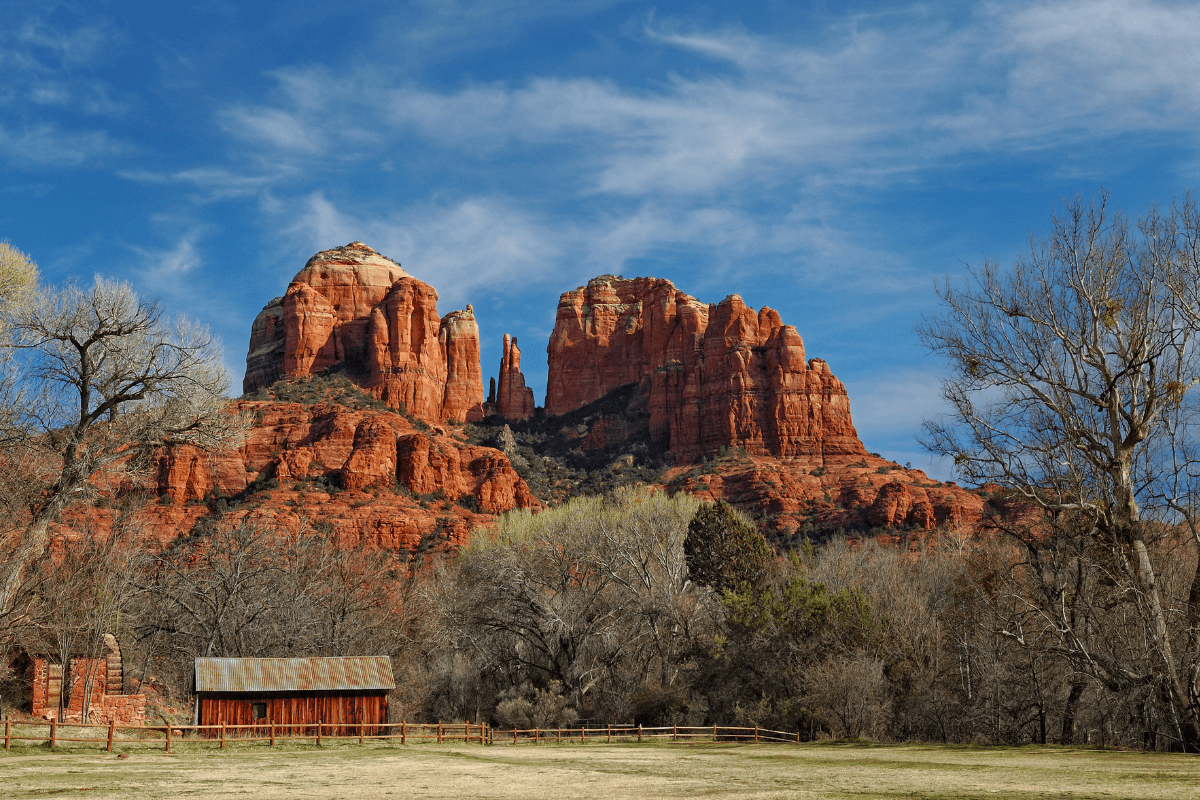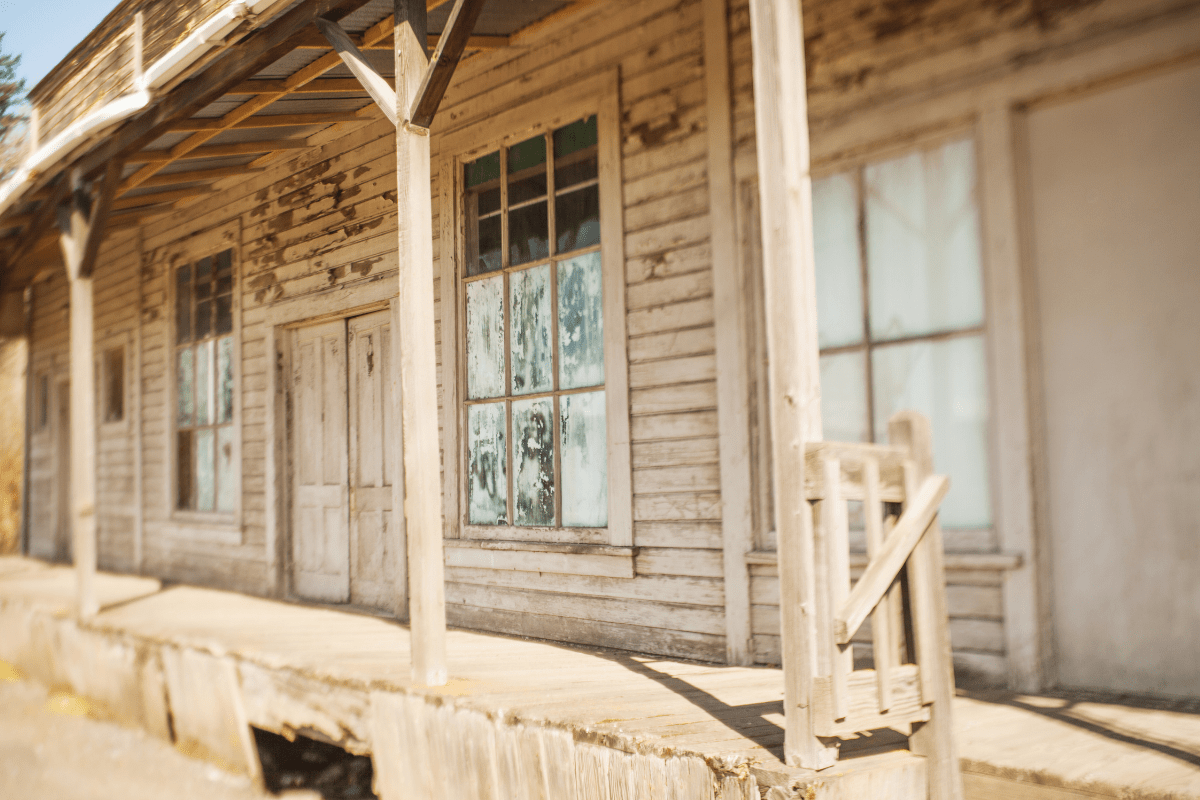Every parent knows the drill: school lets out at 3 PM, work ends at 5 PM (if you're lucky), and somewhere in that gap lies the daily scramble of figuring out where your kids will spend those crucial after-school hours. If you're a Scottsdale parent navigating this familiar chaos, I've got some good news—and I've done the homework so you don't have to.
The after-school advantage (spoiler: it's huge)
Here's something that might make you feel better about that monthly program fee: kids in quality after-school programs show a 7-percentile-point increase in state test scores per year. That's not just a random number—it's the difference between struggling through homework battles and actually seeing progress.
Even more impressive? Nearly half of chronically absent students improve their attendance when they're enrolled in structured programs. Turns out kids are more likely to show up to school when they know something fun happens afterward. Who would've thought?
Why Scottsdale hits different
Living in Scottsdale means dealing with some unique challenges (hello, 115-degree summers), but it also means access to programs you literally can't find anywhere else. Where else can your kid learn desert survival skills on Monday and coding on Tuesday? Our 300+ days of sunshine have spawned outdoor education programs that would make parents in Seattle weep with envy.
The city's tech boom has brought sophisticated STEM programs that actually teach AI to elementary schoolers (yes, really), while our Western heritage means horseback riding and roping aren't just tourist attractions—they're legitimate after-school options. Plus, having Frank Lloyd Wright's Taliesin West in our backyard creates architecture programs that blend art, math, and environmental science in ways that would make your high school geometry teacher jealous.
Your complete guide to Scottsdale programs
Let's get down to brass tacks. I've organized everything by category, starting with the most affordable options because let's face it—these programs add up fast.
City-run programs: Your wallet's best friend
The City of Scottsdale After-School Program is the MVP of affordable childcare, running just $65 per month. That's less than your monthly coffee budget (don't lie, I've seen your Starbucks receipts).
Operating at seven elementary schools including Echo Canyon, Hohokam, and Navajo, these programs run from school dismissal until 6 PM. They cover grades K-6, and registration opens July 21 for residents. The annual cost of $650 can be broken into monthly payments, making it manageable for most budgets.
What you get for your money:
- Homework help (actual help, not just "sit quietly")
- Sports and games
- Arts and crafts
- Educational activities
- Snacks (the real MVP)
Non-profits that actually care
The Boys & Girls Clubs of Greater Scottsdale might cost more at $250 monthly, but they're worth considering if you need care for older kids. With three locations—the Hartley & Ruth Barker Branch on Miller Road, the Virginia G. Piper Branch on Lakeview Drive, and the Thunderbirds Branch on 78th Place—they serve ages 6-18.
Their programs range from Jr. Suns Basketball (because every Arizona kid thinks they're the next Devin Booker) to legitimate STEM activities. Plus, they offer need-based scholarships funded through Arizona Charitable Tax Credits, so don't let the sticker price scare you off without asking about financial aid.
The Valley of the Sun YMCA provides another solid option, especially if you qualify for their income-based assistance through the Annual Campaign. They even accept DES child care certificates at licensed locations, which is a game-changer for qualifying families.
Sports programs for future athletes (or kids who just need to burn energy)
Scottsdale Parks & Recreation manages some impressive facilities that put most cities to shame. The Scottsdale Ranch Park Tennis Center boasts 18 courts—that's not a typo. Meanwhile, our four aquatic centers offer everything from basic swim lessons to competitive team programs.
Private sports academies
If you're ready to invest in specialized training, Scottsdale delivers:
- Seth Korey Tennis Academy (for creating the next Coco Gauff)
- Premier Martial Arts Scottsdale (character development with a side of self-defense)
- Talking Stick's First Tee golf program at $325 per season (because of course Scottsdale has youth golf)
Arts programs that won't turn your kid into a starving artist
DC Dance AZ on Pinnacle Peak Road has been voted "Best Dance School" by Best of Scottsdale for five consecutive years, which either means they're amazing or they have a really good marketing team. Spoiler: it's the former. They offer everything from ballet to hip-hop for ages 18 months through adult, because it's never too early (or late) to learn the Cha-Cha Slide properly.
The Scottsdale Artists' School Youth Academy sits right in the downtown Arts District, where actual professional artists teach your kids. It's like having Picasso as a tutor, minus the whole cutting-off-an-ear thing.
For the performance-minded, Adaptive Force Performing Arts runs $70-280 monthly depending on how many hours per week your child attends. They also offer drop-in classes at $20 per session, perfect for testing whether your kid is the next Broadway star or just really likes wearing costumes.
STEM programs: Because someone has to pay for your retirement
Let's talk about the programs that might actually land your kid a job someday. iCode Scottsdale on Frank Lloyd Wright Boulevard isn't messing around—they're teaching artificial intelligence to kids who can barely tie their shoes. Using gaming computers, 3D printers, and drones, they're preparing students for jobs that don't even exist yet.
Code Ninjas Scottsdale takes a different approach with their gamified belt system. Kids aged 5-14 build actual video games while learning debugging and programming logic. Summer camps run $250 per week for half-day sessions, which sounds expensive until you realize your kid is learning skills that pay $150,000+ per year in the real world.
Academic support that actually works
For the more traditional academic support, Sylvan Learning claims their students achieve three times more growth than their peers. I was skeptical too, but their personalized tutoring plans aligned with local curriculum seem to deliver results.
Kumon Math and Reading Centers charge $140 monthly per subject. Yes, it's the program with all the worksheets. Yes, your kid might complain. But yes, they'll probably end up two grade levels ahead in math, so there's that.
The programs you can't find anywhere else
This is where Scottsdale really shines. Educating Children Outdoors (ECO) runs what might be the world's coolest "school"—100% outdoor education from 9 AM to 2 PM, Monday through Friday. Founded by a NASA PLACES Case Writer and winner of the 2024 Outstanding Inclusive Environmental Education Program award, ECO has connected over 400 kids with the Sonoran Desert.
They accept Arizona ESA scholarship funds, which means your tax dollars can actually fund your kid learning to identify cactus species and track javelinas. Try finding that in your standard after-school program.
The McDowell Sonoran Conservancy Youth Education Programs leverage our 30,580-acre preserve with 235 miles of trails. Their Expedition Days program gets remarkable results: 95% of students become more interested in science and nature, while 85% show increased interest in science careers. Nothing like a close encounter with a rattlesnake to make biology class suddenly seem relevant.
Cultural gems hiding in plain sight
Camp Taliesin West at Frank Lloyd Wright's UNESCO World Heritage Site encourages students to "explore, create, and design" through activities that blend organic architecture principles with desert ecology. It's like LEGO camp, but with actual architectural theory and a lot more cacti.
Western Spirit: Scottsdale's Museum of the West (ranked #1 Western Museum by True West Magazine, thank you very much) partners with Kids in Focus for a nine-week photography program targeting economically disadvantaged middle schoolers. The kids' work gets exhibited in the actual museum, which beats the heck out of the refrigerator door.
The transportation nightmare (and how to solve it)
Here's the part where I burst your bubble: Scottsdale Unified School District doesn't provide transportation for after-school activities. With 25-30 bus driver positions vacant, they're struggling to cover regular routes, let alone extracurriculars.
Your options include:
- A School Ride LLC for private schools
- Walking groups (if you live close enough)
- Parent carpool networks
- Bribing grandparents with dinner
- Teaching your kid to teleport
Making it affordable (because money doesn't grow on palo verde trees)
Financial assistance exists if you know where to look. Boys & Girls Clubs offer need-based scholarships funded through Arizona Charitable Tax Credits. The Valley YMCA provides income-based assistance and accepts DES certificates.
The biggest game-changer? The Arizona ESA program, available to all students as of 2024-2025, can cover after-school program costs. Yes, you read that right—the state might actually help pay for your kid's coding camp.
How to choose without losing your mind
Here's my tried-and-true process for selecting programs:
- Assess your actual needs
- Academic support needed?
- Energy burning required?
- Creative outlet desired?
- Social skills development?
- Ask the right questions
- What's the staff-to-child ratio?
- How do they handle emergencies?
- What's their behavior management approach?
- Can you do a trial week?
- Watch for red flags
- High staff turnover
- Vague curriculum descriptions
- Poor communication
- No parent involvement allowed
- Sketchy safety protocols
The research that'll convince your skeptical spouse
If you need ammunition for convincing a reluctant partner (or yourself) that these programs are worth it, here's the data: Students in programs for more than one year show 20-percentile-point gains compared to peers. That chronic absence problem? It gets cut nearly in half.
Physical health improves too, addressing Arizona's childhood obesity rate of 19.7% of youth. Plus, 1.23 million children nationally receive after-school suppers daily through federal programs—that's one less meal you have to worry about.
Dr. Heather B. Weiss from Harvard's Family Research Project puts it best: "Children and youth who participate in afterschool programs can reap a host of positive benefits in a number of interrelated outcome areas—academic, social-emotional, prevention, and health and wellness."
The bottom line
Scottsdale's after-school landscape offers something for every kid and budget, from city-run programs at $65 monthly to specialized academies teaching everything from desert survival to artificial intelligence. The key is matching your child's needs with your family's logistics and budget.
With 24.7 million children nationally wanting these programs but lacking access, we're fortunate to have options. Whether your kid ends up coding the next big app, perfecting their arabesque, or learning which cacti not to touch, these after-school hours can transform from a scheduling headache into an opportunity for growth.
Just remember: the best program is the one your kid actually wants to attend and you can realistically manage. Everything else is just details. Now if you'll excuse me, I need to go pick up my kid from robot-building class—apparently they programmed theirs to do their math homework, and I'm not sure whether to be proud or concerned.





